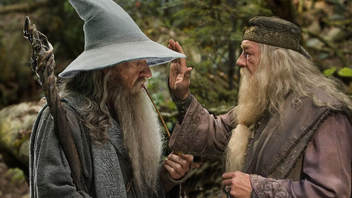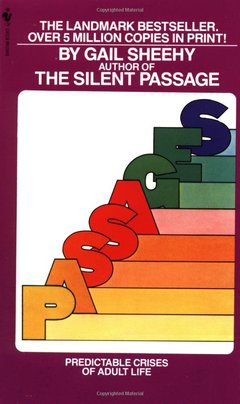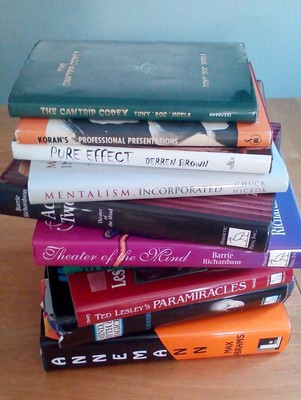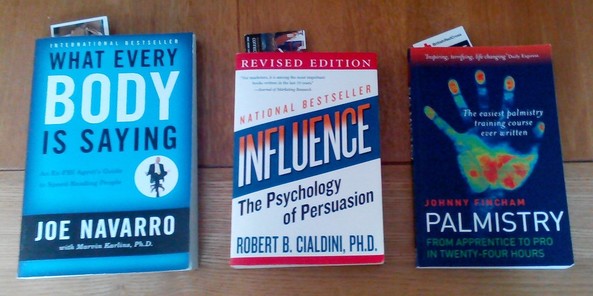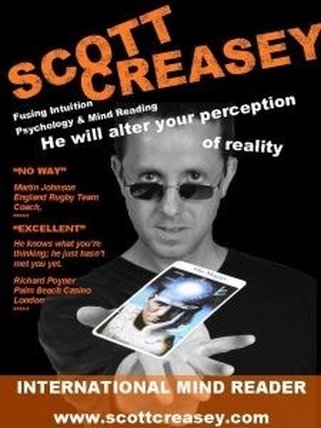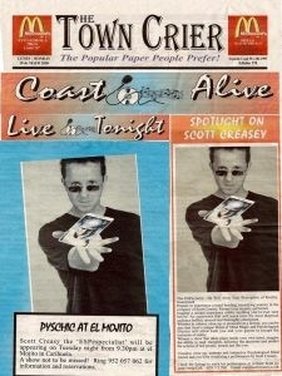Magic in Words |
These ramblings consist of my opinions and observations of the world of magic and mentalism, gleaned from over thirty years of professional performances.
They could be completely wrong and I reserve the right to change my mind.
They could be completely wrong and I reserve the right to change my mind.

